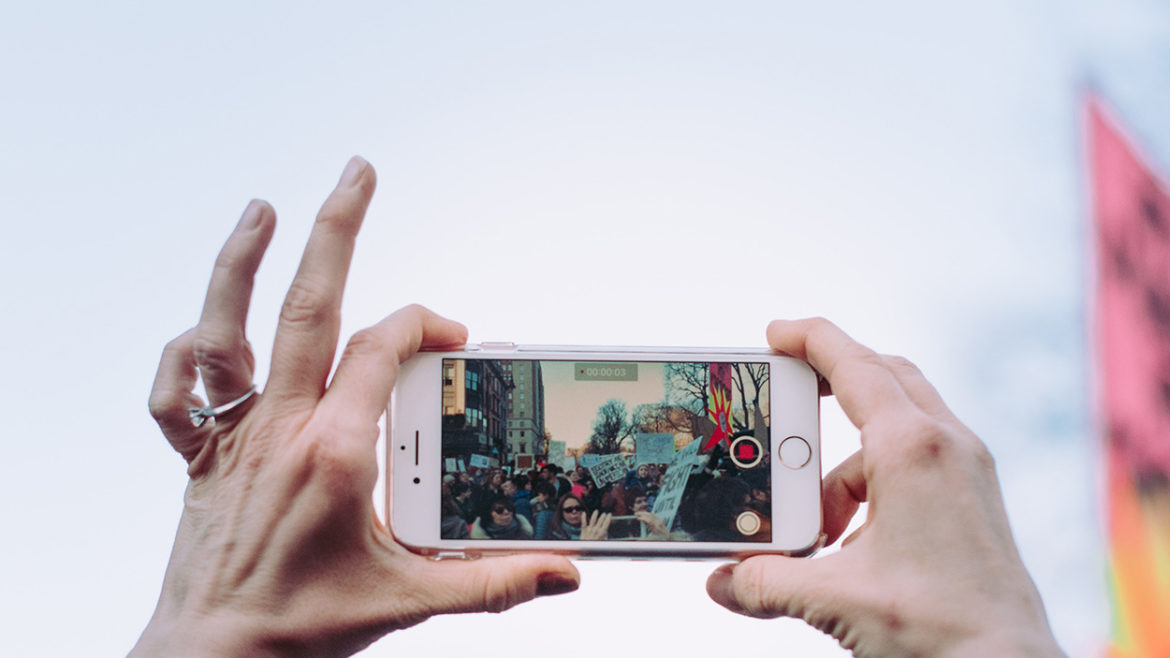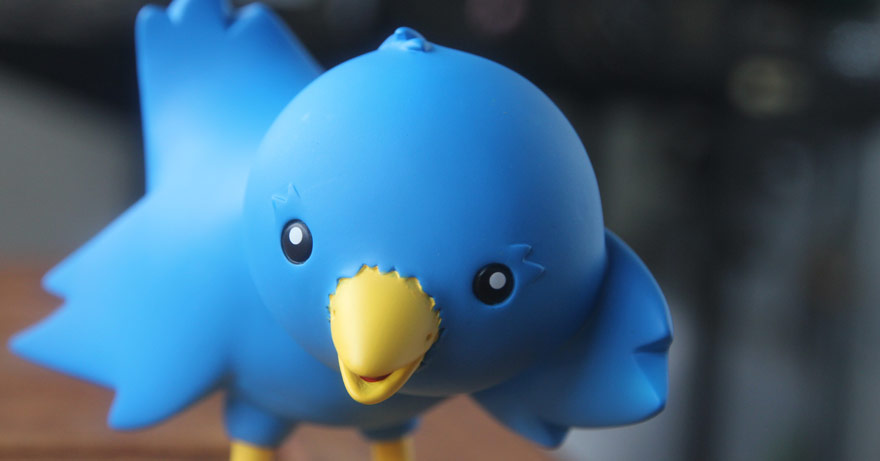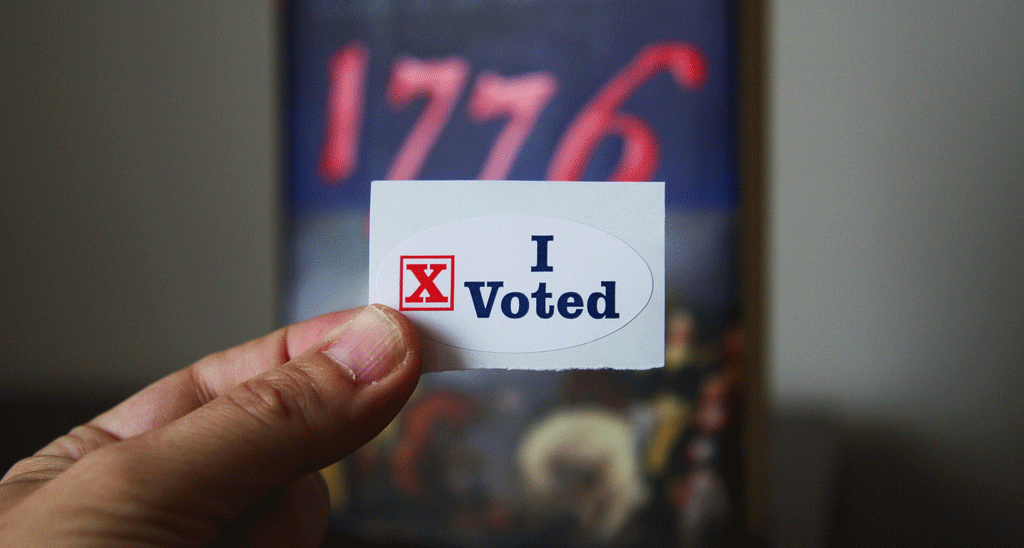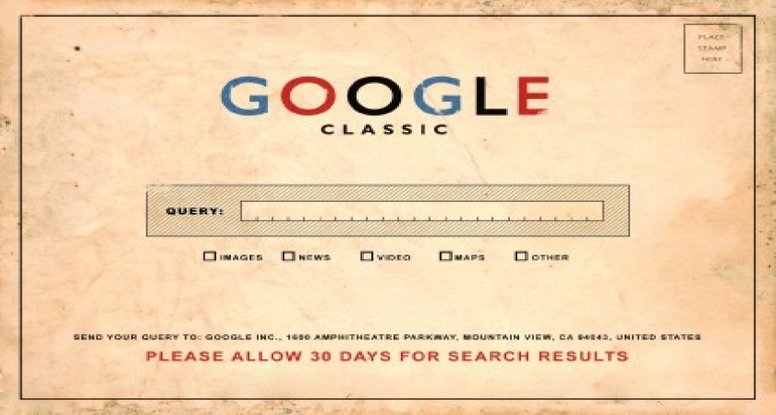The Most Effective Way To Connect:
For marketing to be effective, a business must target. This isn’t a new concept; but why is it important? Consumers don’t want companies to make broad assumptions and treat them like the masses. Consumers want brands to dive deeper, and make an effort to speak to them in unique and meaningful ways. Targeting is a careful, measured approach to finding your preferred client. Ideally, we want consumers to know that we want to understand them, and want to connect authentically.
In many ways, targeting hasn’t changed: we still want to pinpoint an archetype. But there’s another, highly significant layer now: connection. That variable, connection, used to be a cherry on top of a metaphorical ice-cream sundae, but now it’s the expectation. However, the return on investment of consumers who appreciate our significant and genuine connection with them, is invaluable.

Calculating… Targeting Refined
So how should we alter our approach? When consumers are successfully targeted by a company, they feel like that company cares about who they are individually; that they’re more than just a number or email address in the database. This is because, when done right, the way we target should discover more than demographics data. We want to aim to consider all of the pertinent information of the group we wish to pursue.
For example, if you’ve determined that a group of the population has an unmet need for kitchen knives you could immediately begin with an age demographic (independent adults perhaps), combined with location, and possible gender needs; standard targeting. In addition to that, let’s start with questions to understand our consumer better. We might ask something like:
- Why do they need or want sharp cutlery?
- What do they intend to do with their cutlery once received?
- What other household products might they also be buying?
With this, maybe we discover that the consumer doesn’t just want cutlery, they want a faster, easier way to prepare their vegetables. We may come up with a product that can create this effect instantaneously – a knife that steams vegetables as it slices. The important thing is that we’ve humanized our consumer more than the collective demographics could. We care about the what and the why. Now we can garner the additional pieces of information we need. That’s how we connect.

Adjust Your Aim Like Scotts Did
Scotts Miracle Grow
Targeted Segment:
- Male
- Homeowner
- Limited product knowledge *
- 27 – 35
- Earning 50,000 + per year
- Sports enthusiast
When the 2016 earnings reports came across the desk of retailers, many were panicked, struggling to determine how to continue reaching their existing target audiences in the ways that matter. A lot of millennial bashing occurred, because frustrated companies could not understand what had changed. Instead of adjustments, judgements were made.
Not Scotts. In fact, since 2006, Scott’s reported yearly earnings have been consistently above 2.6 million in annual revenue. That is, with the exception of the period between 2014-2016 where revenue hovered around 2.5 million or lower. Scotts was not impacted quite the same way some other retailers were, but there was a clear, industry wide consensus that “reaching millennials,” was imperative. Scotts was no different. They effectively had two choices.
They could have chosen to change their formula entirely by choosing a different target. Instead, they chose to keep their existing formula, but tweaked it so that it embraced the parts which were now different. In 2015, they likely asked themselves:
- Are all our criteria for our target market still relevant?
- Yes except for age.
- How are 27 year old’s different now than they were 10 years ago?
- Many grew up in an environment not prioritizing lawn care and maintenance.
It’s no secret that millennials have presented a uniquely complex set of obstacles for most retailers. After researching the parameters it had once set for itself, Scott’s understood at least one of the very distinct differences – the lack of product knowledge. Thus, they made it a point to incorporate instructional videos for all things lawn-care related, right down to the mulch calculator. As of 2019, Scotts enjoyed its record high revenue of 3.15 million for the year.

Aim True
Your target can be the same, but the variables required to hit the target may change. Any marksperson who participates in trapshooting knows that you can’t ignore the wind. For that matter, any sailor trying to reach land on a sailboat must acknowledge the same variable. Whether the target is a skeet, an island, or a person, variables will shift, and you have to be accepting of that. You still want to strive to hit the target, of course, your business depends on doing just that. It’s fine if it’s the same target every single time. Just don’t expect to be able to hit the same target in the same way when the wind changes.
Your consumers are people after all, and people change.












